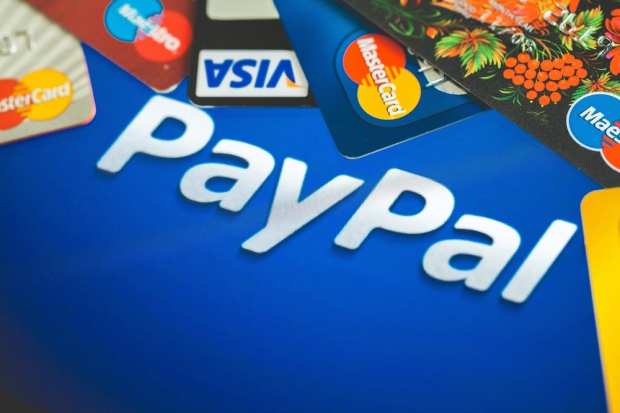PayPal (Maybe) Pulls Ahead Of The SMB Lending Pack

With first-quarter earnings reports rolling out, it’s time to take a look at the state of small businesses and how they fared for the first three months of 2019.
With Standish Mellon Chief Economist Vincent Reinhart expecting the U.S.’ Q1 GDP report to be the best of the year, there is room for optimism among entrepreneurs and SMBs, though one threat was particularly high for the quarter: cyberattacks. Research also revealed new signs of an impending recession in the form of dwindling numbers of small business exits. Overall, small businesses’ economic sentiment for the quarter fell – but there is some good news.
“Most of the decline [in optimism] was concentrated in assessments of current conditions in the national economy, but future economic prospects remain at the same level as last quarter,” explained University of Michigan Institute for Social Research’s Associate Professor Dr. Richard Curtin, who analyzed data collected by Vistage in a recent report. “Although CEOs thought their firms’ prospects had dimmed, the falloff was much less than the recent plunge in how they viewed overall economic conditions.”
Additional research examined the state of small business finance for Q1, revealing a healthy level of competition between traditional lenders and FinTechs like PayPal vying to capture more of the small business borrowing segment. Plus, there is new evidence that the middle-market business community fared particularly well in the first quarter. Beyond the U.S., news from China found additional fuel for a rosy small business outlook.
Below, PYMNTS runs through the key data points from first-quarter small and medium-sized business performance.
Twenty-nine percent of SMB CEOs said economic conditions had recently improved, Vistage’s Q1 analysis revealed, a significant decline from the 44 percent who said the same in Q4 2018, and even more of a drop from the 62 percent who agreed in Q1 2018. Only 14 percent of small and medium-sized business CEOs said they expect an improvement in the future growth of the economy.
A 3.4 percent drop in revenue among micro-enterprises dims the overall sentiment among SMBs, and presents a stark contrast to the mid-market’s performance for Q1. Data from Invoice2go found that sole proprietors and businesses with only a handful of employees showed a weakened performance compared to the same period of 2018, with overall revenue growth rates slowing from 14 percent in 2017 to just 3 percent in 2018. Invoice2go CEO Greg Waldorf said the data represents a pullback in demand and another indicator of an upcoming recession.
Nine-and-a-half percent year-over-year earnings growth marked a bright spot for the U.S. middle-market in the recently released Golub Capital Altman Index. Researchers also found middle-market private firms saw revenue growth of 9.3 percent during the first quarter. While impressive, the figures are down from earnings and revenue growth figures seen in the fourth quarter of last year. Golub Altman CEO Lawrence E. Golub said in a statement that middle-market businesses that sell primarily in the domestic market fared particularly well, even through January’s government shutdown.
And 235 percent more cyberthreats hit businesses in Q1 compared to the same period last year, according to the Malwarebytes Labs Cybercrime Tactics and Techniques Q1 2019 report. SMBs carried the brunt of that surge in cyberthreats, with consumer-targeting malware dropping by 40 percent, but business-targeting ransomware attacks spiked by 195 percent.
$10 billion in small business loans have been made by PayPal, according to CEO Dan Schulman, who spoke during the firm’s Q1 earnings call. Analysts at deBanked suggest this means PayPal could be eclipsing OnDeck, the publication’s previous leader in small business alternative lenders (Kabbage and Square Capital round out the No. 3 and No. 4 spots, respectively). Not only do the figures suggest ramped-up competition between alternative and traditional lenders, but also competition within the alternative and marketplace lending community itself.
Beyond the U.S., U.K. alternative lender Funding Circle noted that its small business loan volume hit a new high for Q1, with $4.4 billion lent to SMBs in the quarter. And in China, large banks increased small business loan volume by 17 percent in Q1, according to banking regulators, with the nation’s five largest lenders providing $295.7 billion in the first three months of the year to small businesses.
